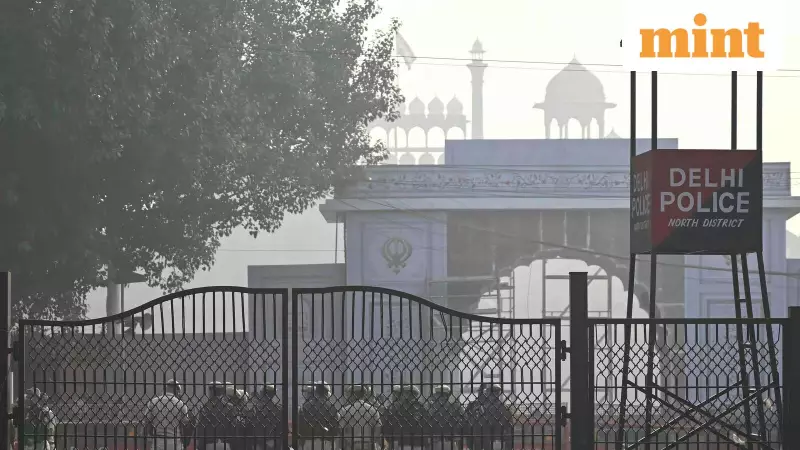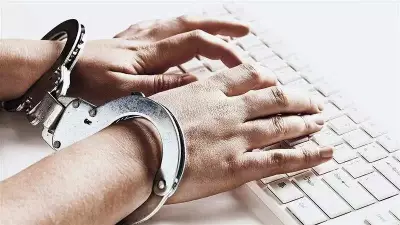
Major Terror Attack Near Delhi's Red Fort
A powerful explosion ripped through a slow-moving Hyundai i20 car near the Red Fort Metro Station on Monday evening, claiming at least nine lives and injuring twenty people. The blast occurred around 6:52 pm at a traffic signal, gutting several vehicles and shattering windows of nearby buildings and the metro station.
Doctor from Pulwama Identified as Prime Suspect
Delhi Police sources have identified Umar Mohammad, a resident of Pulwama and a doctor by profession, as the alleged driver of the explosive-laden vehicle. According to preliminary investigations, Mohammad had associations with the Jaish-e-Mohammad terror module and was linked to the recently uncovered Faridabad terror network.
Police sources revealed that Mohammad received the Hyundai i20 car from another arrested individual named Tariq, also from Pulwama, Jammu and Kashmir. The suspect allegedly carried out the attack after his fellow doctors in the terror module were arrested, fearing his own imminent capture.
Connection to Faridabad Terror Module
The investigation has uncovered significant links between the Delhi blast and the Faridabad terror module, where security agencies had seized 2,900 kg of explosive material just hours before the explosion. The seized materials included ammonium nitrate, potassium nitrate, and sulphur, with 360 kg specifically identified as ammonium nitrate.
Initial forensic analysis suggests that ammonium nitrate, fuel oil, and detonators were used in the Red Fort blast. "Final reports are awaited," confirmed a police source, while emphasizing the ongoing investigation into the possible connections between the two incidents.
Massive Security Response and Investigation
Following the blast, Delhi Police has intensified security across the national capital, with enhanced vehicle checking at all border points. Multiple teams from the Special Cell, Forensic Science Laboratory, NIA, and NSG are investigating the circumstances surrounding the explosion.
Police are examining whether this could be a case of suicide bombing or part of a larger terror plot. CCTV footage shows a "masked man" driving the car, and investigators have discovered that the vehicle was parked in a nearby parking lot for three hours before the explosion.
An overnight search operation was conducted at hotels and guest houses in Daryaganj and Paharganj areas to trace possible suspects. All police stations in Delhi have been put on high alert, with instructions to maintain strict vigil at local markets, metro stations, bus stands, and railway stations.
Casualties and Damage Assessment
The explosion proved particularly devastating due to its powerful nature. Nine people lost their lives, while twenty others, including two women, sustained injuries and were rushed to LNJP Hospital. Among the injured, twelve are Delhi residents, while eight belong to other states including Uttar Pradesh, Uttarakhand, and Himachal Pradesh.
The deceased have been identified as Ashok Kumar (34) from Amroha, Uttar Pradesh, and Amar Kataria (35) from Delhi. Other victims remain unidentified, with ages ranging between 28 and 58 years. One mutilated body was recovered from the mangled remains of the car itself.
The Delhi Fire Services deployed ten fire tenders to the spot, bringing the blaze under control by 7:29 pm. The impact was severe enough to damage multiple vehicles and break glass panels at the metro station, with local traders capturing videos showing mangled bodies and scattered debris at the blast site.





